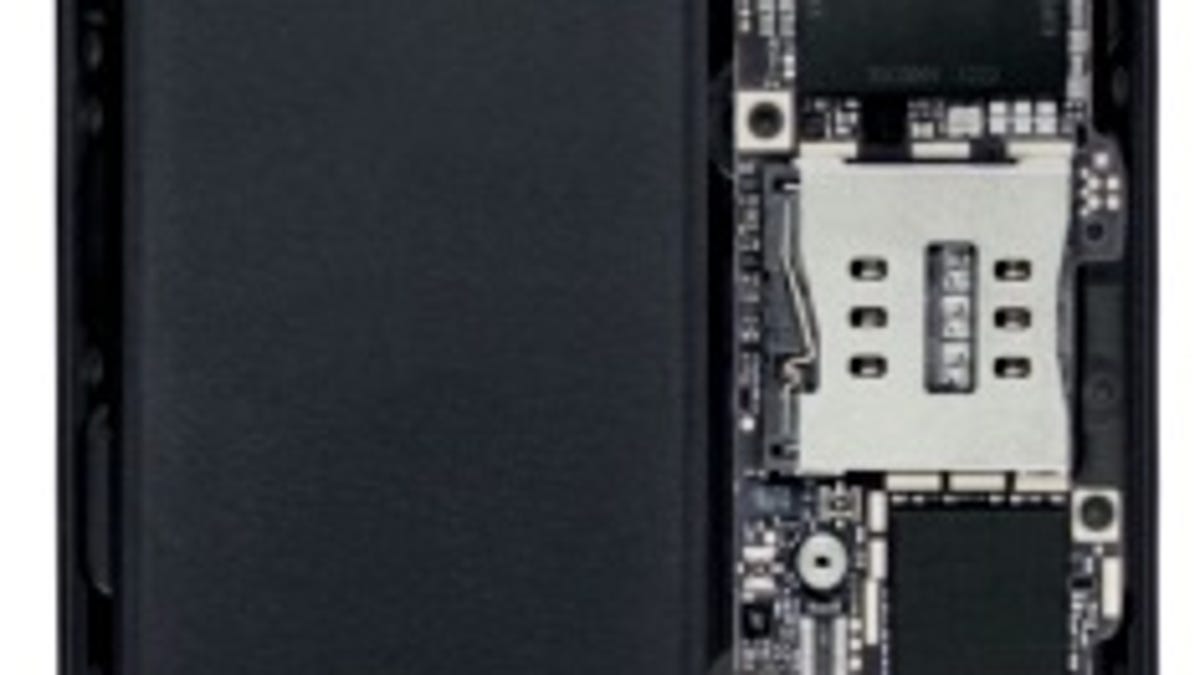A6 chip: More Apple, less ARM
The A6 used in the iPhone 5 may be more of an Apple creation than previous chips.

Apple's chip investments may have borne native fruit with the A6.
The iPhone 5's A6 may be more of an Apple creation than previous A series chips, according to an updated post by review site Anandtech.
Like Qualcomm, Apple is incorporating more of its in-house expertise into chips. And that means it's getting further away from pure ARM designs. For example, the latest design from U.K.-based ARM is the Cortex A15, which Texas Instruments is using in future chips.
But Apple isn't going that route, according to Anandtech. And that means that past Apple buyouts of chip design houses PA Semi and Intrinsity are bearing fruit.
Anandtech initially believed the A6 used the Cortex-A15 design.
But in a post on Saturday, Anandtech said that's not the case.
"Based on a lot of digging over the past couple of days, and conversations with the right people, I've confirmed that Apple's A6 [chip] is based on Apple's own ARM based CPU core and not the Cortex A15," wrote Anand Shimpi.
And this probably isn't good news for Intel. If Apple is able to make increasingly powerful A series processors, they could theoretically be used for a MacBook Air-style product.
But only time will tell. Intel's next chip, codenamed "Haswell," will be its most power-efficient mainstream chip to date and also well suited for future MacBooks.

